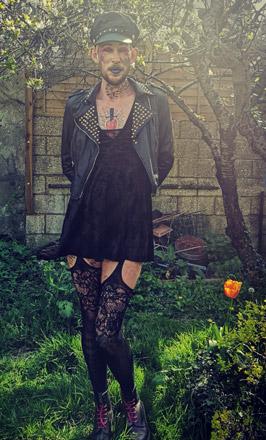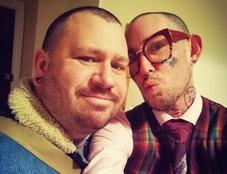
3 minute read
DIFFERENTLY DIFFERENT
Advertisement


DIFFERENTLY DIFFERENT
Dirk Hemmings decries the portrayal of trans people as only representing what normative society feels is acceptable

but I’m also gay and feminine”
Dirk, who began physical transition in his mid30s, sees a wide gap between the way society views trans women and trans men. “Trans women are depicted as highly sexualised, whereas trans men are seen as sterile. The LGBTQ+ community in general does tend towards placating people. There’s underrepresentation of groups I don’t belong to, especially people of colour.” Age is another issue that affects visible representations of trans people. “People raise stuff about very old trans people in quite a sentimental way, but there’s not much about middle-aged people that isn’t safe and normal.” If anyone is looking to include representations of trans people in popular culture, such as videos, adverts and films, Dirk would like them to take a good look at what representation really is, and ask themselves whether they are simply feeding a stereotype. He also wants to see more funding for people who are trans to undertake their own projects, along with awareness raising in schools. His personal story is important too, “even for people who don’t have kids and aren’t married, just to know that it isn’t necessarily a disaster”.

While acknowledging that any change is going to have some kind of effect on those who feature in a person’s life, his journey is of the type that’s rarely related. “My kids knew a lot of trans people already and were both fine. Most of the people at the school were alright and my kids are very hot on pronouns and correcting people – they’ve always been critical of people judging. “With my husband it was an ongoing thing and overall it was positive for us and we’re happier than ever. I think we saw something in each other and that’s what drew us together. I know it doesn’t always go so well.”










